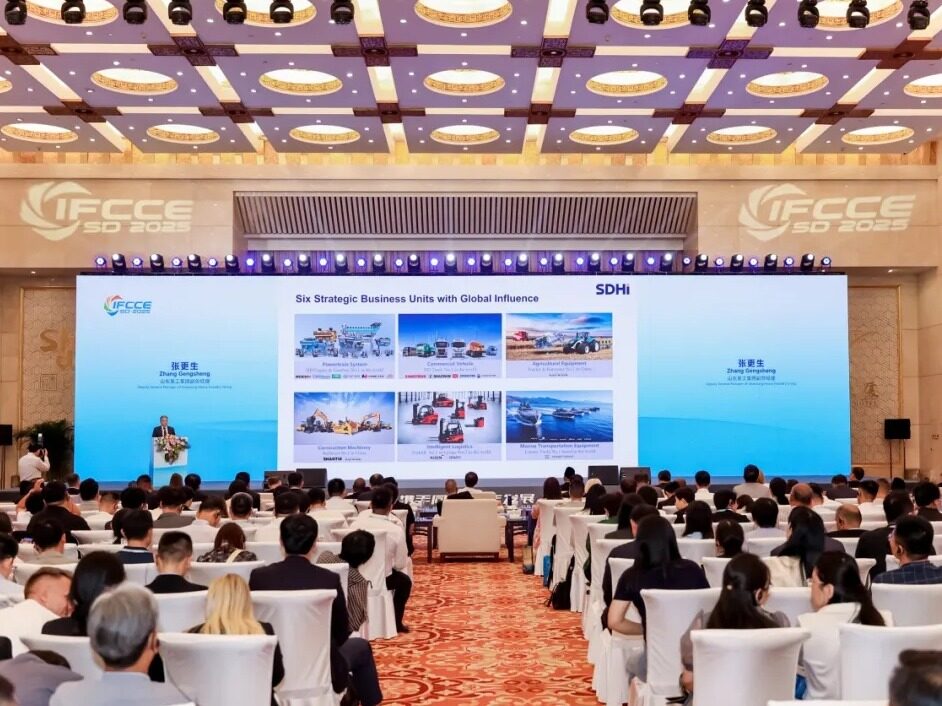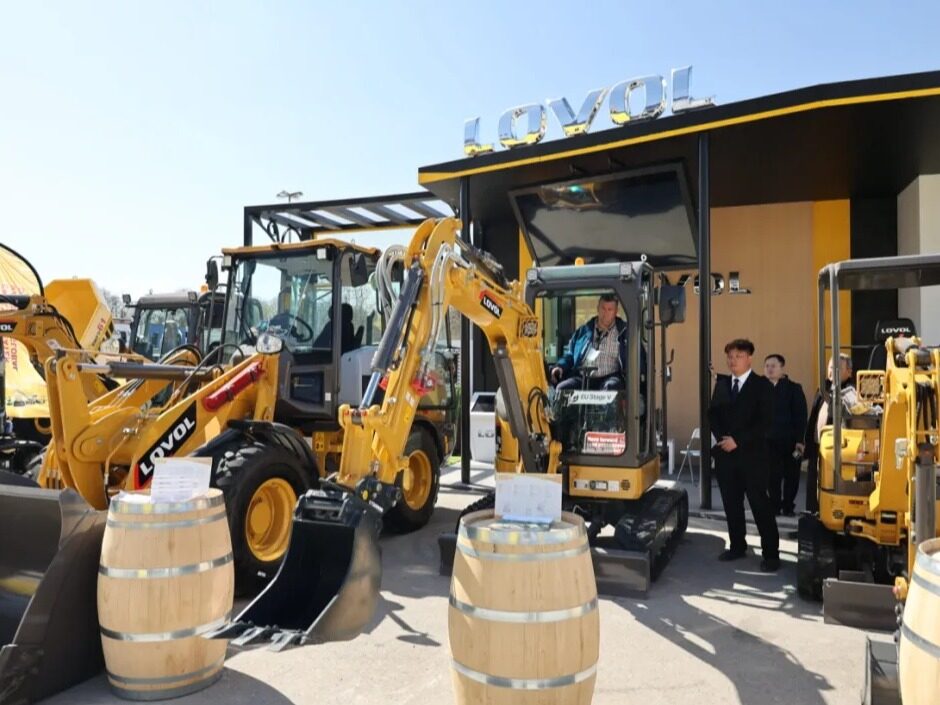- By the end of 2022, China has signed 19 free trade agreements with 26 countries and regions
- The Belt and Road Initiative has increased trade by 4.1 percent and foreign investment by 5 percent
Over the past decade, the Belt and Road Initiative has played an important role in deepening policy communication among countries, promoting global connectivity, reshaping international trade patterns, and driving world economic growth. First, the Belt and Road Initiative has received positive responses from more and more countries and international organizations, and has become a well-received global public good and a platform for international cooperation. By January 2023, China had signed more than 200 cooperation documents with 151 countries and 32 international organizations, covering areas such as connectivity, trade, investment, finance, society, maritime affairs, e-commerce, science and technology, people's livelihood and people-to-people exchanges. Second, the level of infrastructure connectivity continues to improve.

Over the past decade, thanks to the concerted efforts of all parties, a multi-country and multi-port connectivity architecture with six corridors, six roads has basically taken shape, and a large number of mutually beneficial and win-win projects have been successfully launched. Third, economic, trade and investment cooperation continued to expand. On the one hand, the level of trade liberalization and facilitation of countries and regions along the Belt and Road has continued to improve. By the end of 2022, China had signed 19 free trade agreements with 26 countries and regions, covering Asia, Oceania, Latin America, Europe and Africa.

By the end of October 2022, China Customs had signed AEO (Certified Operators) mutual recognition arrangements with 32 Belt and Road countries and regions. On the other hand, countries and regions along the Belt and Road have closer cooperation in industrial chain and supply chain. From 2013 to 2022, the proportion of intermediate products in China's exports to countries along the Belt and Road increased from 49.8% to 56.3%. Chinese commodities such as textiles, electronic components, basic organic chemicals and auto parts are becoming more competitive in the markets of countries along the Belt and Road, and their exports are growing rapidly. Fourth, boost the economic growth of countries along the Belt and Road. According to a World Bank report, Belt and Road cooperation has increased trade by 4.1 percent, foreign investment by 5 percent, and GDP of low-income countries by 3.4 percent. Thanks to the Belt and Road Initiative, emerging and developing economies will increase their share of global GDP by 3.6 percentage points from 2012 to 2021. The World Bank estimates that by 2030, the Belt and Road Initiative will generate annual global benefits of 1.6 trillion US dollars, accounting for 1.3% of global GDP. Between 2015 and 2030, 7.6 million people will be lifted out of absolute poverty and 32 million out of moderate poverty. Editor/Xu Shengpeng
Comment
 Praise
Praise
 Collect
Collect
 Comment
Comment
 Search
Search














Write something~